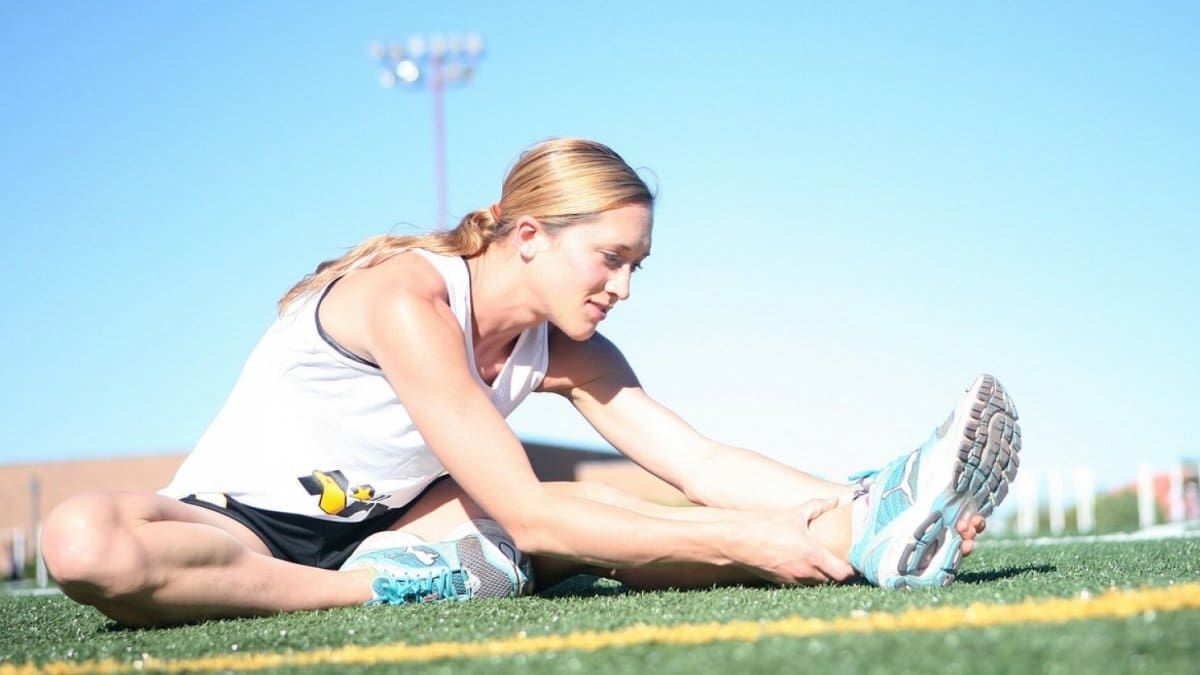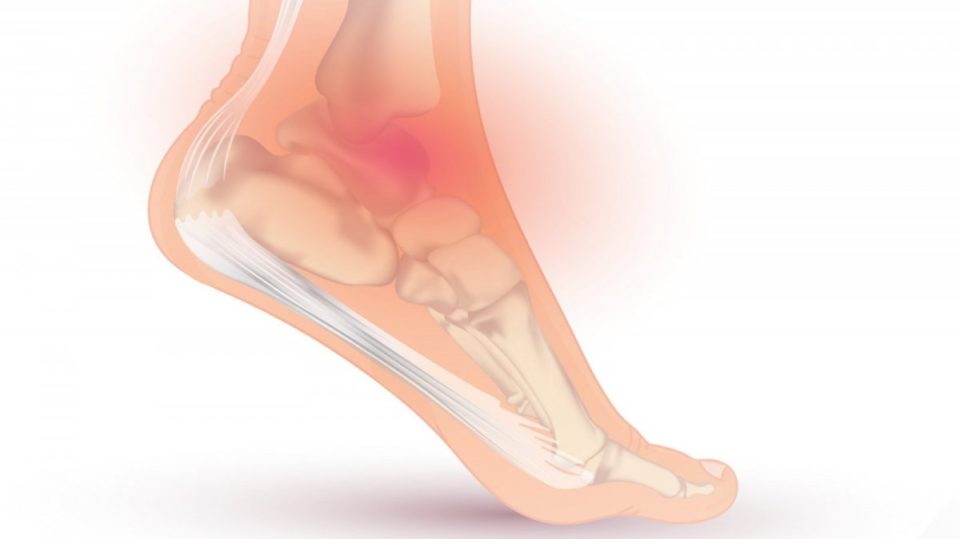The sprain is a lesion that occurs frequently in the ankles and knees.
Our skeletal musculature is formed by an infinity of tissue and structures that allow us to move and perform all kinds of movements. One of these components is the ligaments. A ligament is the fibrous connective tissue that connects the bones between them.
Now almost any part of our body, the ligaments are also susceptible to damage; This lesion known as a sprain. Throughout this article, we will discover what a sprain is and what its symptoms, causes, and treatment are.
Table of Contents
What is a sprain?
A sprain is a very common joint injury in which damage occurs in one or more ligaments of a joint. Specifically, it is a torn ligament often caused by a blow or trauma. It can also occur when the joint is forced and carried beyond its range of functional movement.
Sprains can occur in any joint, but the most common are a sprained ankle, wrist, and knee. The hardness of this condition can vary from a minor lesion that resolves within a few days to a major breach of one or more ligaments, which requires surgical fixation.
Treatment for sprains usually includes rest, ice, compression, and elevation. As we said, sprains and minor sprains can be cured successfully at home, while the most severe usually require surgery to repair broken ligaments, muscles, or tendons.
People who exercise frequently are more likely to suffer a sprain if they do not heat properly.
However, a person can also suffer a sprain in many other circumstances that have nothing to do with sports or physical exercise. Muscle fatigue or environmental conditions, such as a slippery surface, increase the chances of an injury due to trauma or fall.
Difference with bloating
It is necessary to know how to distinguish between a sprain and a strain. Although both have similar signs and symptoms, each of them is associated with different parts or elements of our body.
While a sprain is a stretch or tear of the ligaments, in a strain, the injury occurs in muscle or tendon; A tendon is a cord of tissue fiber that joins the muscles with the bones.
In the case of strains, tears usually occur in the muscles of the lower back and the hamstring muscle, located in the back of the muscle.
Symptoms and main signs
Sprains usually occur suddenly around a joint. Symptoms may vary from mild to severe, depending on the number of tissue fibers affected.
If we suffer such an injury, we will likely experience some of the following signs and symptoms of a sprain:
- Pain in the damaged joint
- Bruising
- Swelling
- Disability to put weight on the joint or use it regularly
- At the time of the injury, a “bursting” sensation may occur in the joint
Causes and risk factors
The most common causes of sprains are falls, torsions, or trauma to the joint. These types of injuries can cause the joint to get out of its normal range of motion, tearing, or stretching the ligament as this occurs.
As mentioned earlier, sprains can occur in virtually any joint in our body. Each area is more likely to suffer a sprain in some circumstances or others.
For example, while ankle sprains (the most common ligament injuries) are usually done when walking or exercising on an irregular surface that can cause the foot to twist more than usual, wrist sprains tend to appear when we support with the hand extended in a fall.
Other types of sprains, such as the knee or thumb, usually appear when pivoting during athletic activity or when doing racket and ski sports, respectively.
There are also several risk factors or circumstances that increase the chances of having a sprain. Next, we will review the main ones.
Inadequate heating
Performing adequate warm-up before physical activity is essential to relax the muscles and increase the range of joint movements, making the muscles less tight and less prone to trauma.
 Poor team
Poor team
Poorly fitting or poorly maintained footwear, as well as any other sports equipment that is not in condition, can contribute to increasing the risk of sprain. One other thing that can help is choosing the correct insoles for your shoes. Many factory-made shoes come with poorly made insoles that can even create more problems. This is why it’s important for you to find your perfect insole that will provide the best support and stability for your joints.
Environmental conditions
Slippery or uneven surfaces increase the likelihood of falling or stomping and, as a consequence, also the risk of injury.
Muscular Fatigue
Fatigued muscles are less likely to afford good joint support, so that muscle fatigue is another major risk factor in the appearance of sprains.
Diagnosis and classification: types of sprain
In most cases, the diagnosis of a sprain can be made with a physical exam. However, an X-ray may be necessary to rule out the possibility of a fracture.
If the lesion continues or does not resolve as expected, an MRI can be performed to look at surrounding tissues and ligaments. In this way, the possibility of a more serious injury is also ruled out.
Sprains can be classified into different grades according to the severity of the ligament rupture. Thus, we distinguish between the first, second, and third-degree sprains.
First grade
In the first degree (or mild) sprain, the ligament fibers are stretched but intact.
Second grade
The second degree or moderate, a sprain is distinguished by a rupture of part of a ligament – specifically, one third to almost all of its fibers.
Third grade
Finally, the third degree of injury or severe sprain is a complete ligament rupture.
Treatment and handling
The treatment for a sprain depends on the joint involved and the severity of the injury and can go from home surgery rest.
Home treatment
If it is a mild or moderate sprain, treatment can be carried out from home in which specific instructions must be followed so that the lesion heals quickly and effectively.
Rest, apply ice every two to three hours and compress the injury through a bandage are essential indications when it comes to healing a sprain. It’s also recommended to keep the injured area elevated above the chest level.
Medicines
For mild sprains, the doctor likely administers pain relievers such as ibuprofen or paracetamol to relieve pain with the injury.
Orthopedics
In cases of a severe sprain, the medical professional can immobilize the affected area with a brace or splint.
Surgery
Finally, in cases of completely broken ligaments, surgery can be considered to repair the damage.

